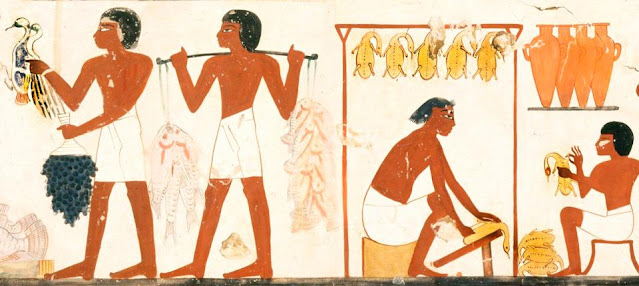A Fowl Legacy: Tracing the Global History of the Poultry Industry
Abstract:
The poultry industry, an integral part of agriculture and food production, has a rich and diverse history that spans continents and centuries. From its humble beginnings in ancient civilizations to its modern-day global presence, the poultry industry has undergone remarkable transformations, driven by technological advancements, economic forces, and cultural influences. This article delves into the intricate tapestry of the poultry industry, exploring its origins, key developments, and significant milestones across different regions of the world.
 |
| Source: Hipra |
I. Introduction:
Importance of poultry in global food production
Overview of the scope and structure of the article
II. Ancient Beginnings:
Contributions of ancient civilizations (Egyptians, Greeks,
Romans, etc.)
Role of poultry in religious rituals and cultural practices
III. Medieval and Renaissance Era:
Spread of domesticated poultry across Europe and Asia
Emergence of specialized breeds for meat and egg production
Influence of medieval agriculture and trade on poultry
farming
IV. Industrial Revolution and Beyond:
Rise of commercial poultry farming in the 19th and 20th
centuries
Development of modern breeding techniques and genetics
V. Poultry Industry in the Americas:
Evolution of the American poultry industry
Role of the United States in shaping global poultry
production
VI. Poultry Farming in Asia:
Significant contributions of countries like China and India
Challenges and opportunities in the Asian poultry market
 |
| Source: Hobbyfarms.com |
VII. European Perspectives:
Regulatory frameworks and standards for poultry production
Sustainable practices and animal welfare concerns
VIII. Technological Revolution and Modernization:
Advances in feed formulation and nutrition
Genomic technologies and their impact on poultry breeding
IX. Globalization and Trade Dynamics:
International trade agreements and market integration
Challenges related to food safety, disease control, and
biosecurity
X. Environmental and Ethical Considerations:
Animal welfare issues and ethical debates
Sustainable practices and alternative production systems
XI. Future Trends and Outlook:
Adoption of precision agriculture and data-driven management
Prospects for sustainable and equitable growth in the
poultry industry
XII. Conclusion:
Reflections on the industry's resilience and adaptability
Call to action for addressing future challenges
and opportunities
#poultry #history #poultryHistory #chicken #poultrytechnology #animal #broiler #layer #breeder #broilerfarming #chickenfarming #PoultryIndustry #worldPoultry #ROSS308






Post a Comment